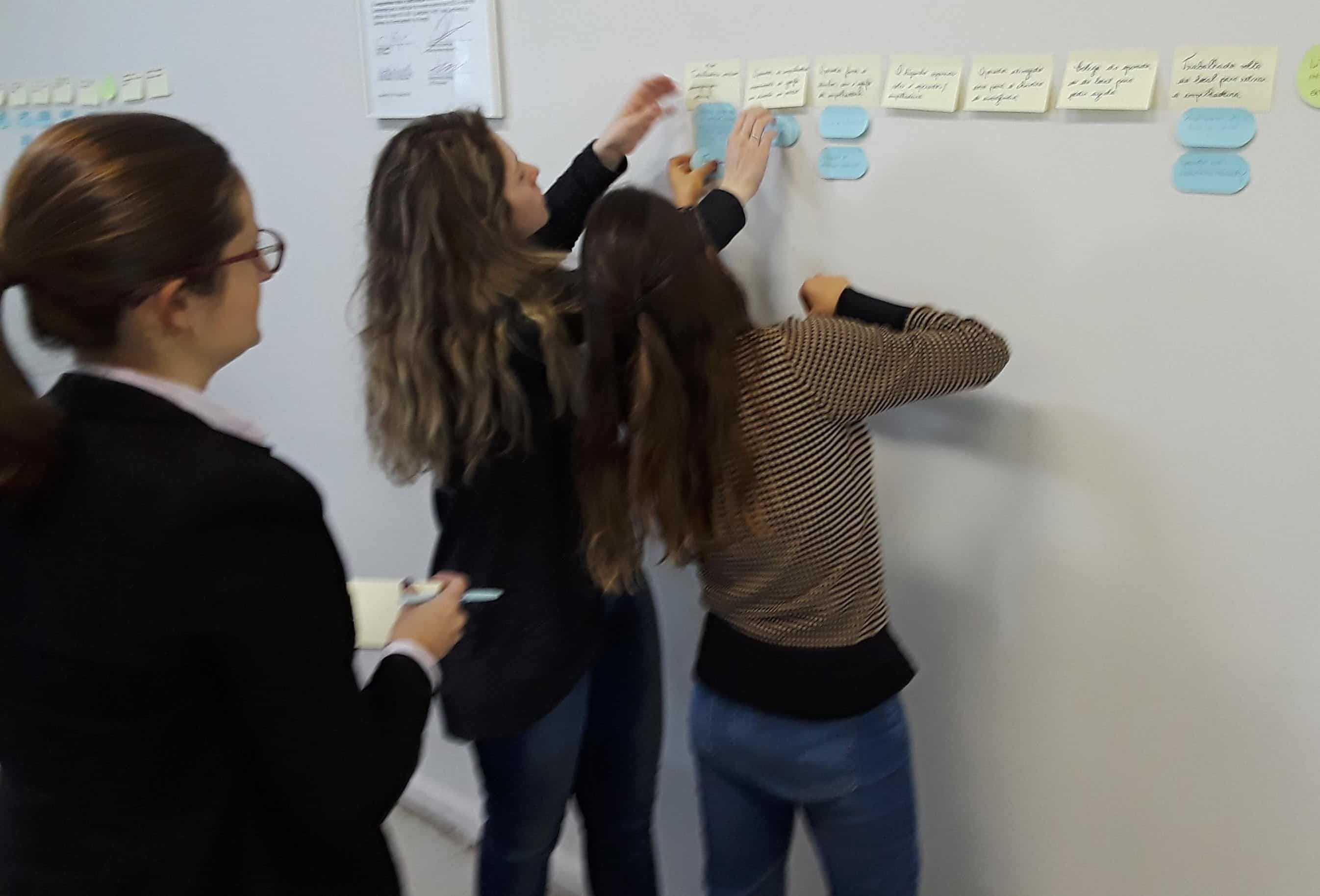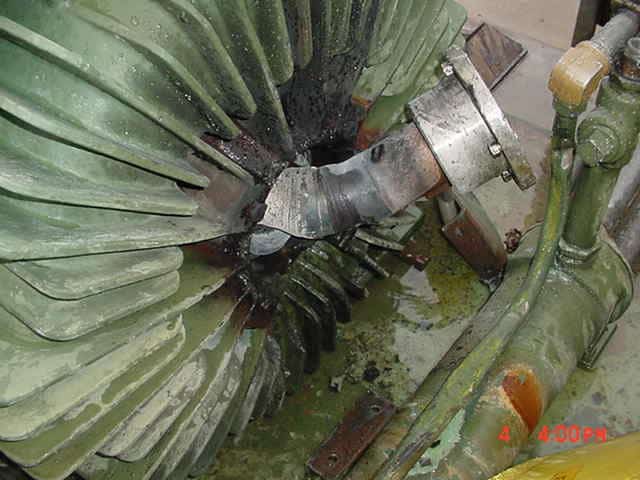US Navy Ships Collide – Corrective Action? Fire the CO!

Above is the damaged Sub…
Some interesting quotes from the Admiral…
The crew had just finished an intense operational phase of its deployment and “everybody let down their guard” for what was actually one of the most challenging phases, crossing the strait at periscope depth, he said.
“There was a great deal of complacency involved in the crew,” he said. “They had been at sea for 63 days operating in areas with high contact density.”
He also noted that more or better technology would not have helped the situation, as the sub knew the New Orleans and another ship were nearby.
“There were a whole host of watchstanders that failed to recognize the sensor data that was presented to them,” he said.
Lessons learned are already being integrated into submariner training, he added.
US Navy Lessons Learned (my version):
1. If you are the CO … Don’t run into another ship!
2. If you are the Chief of the Boat … Ditto!
3. Advanced technology can’t prevent collisions.
4. Firing people CAN prevent collisions.
5. Don’t be complacent.
6. Don’t let down your guard (no matter how tired you get).
For those not in the US Navy …
Interesting that fatigue was not mentioned as a potential cause. Seems like you might replace the word “complacent” with the word “fatigued” and this incident would make a whole lot more sense.
Of course, officers and sailors in the US Navy never get fatigued, no matter how little sleep they get.



